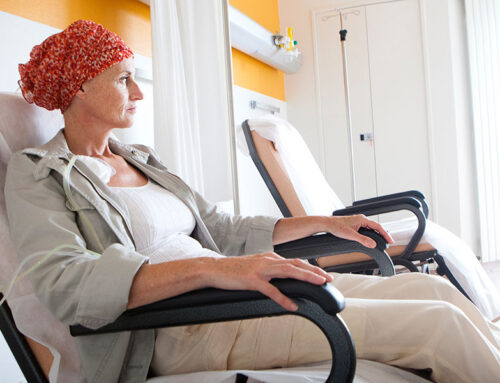The musculoskeletal system, an intricate network of bones, muscles, ligaments, tendons, and connective tissues, is fundamental to our body’s structure, movement, and protection. Within this complex system, the pelvic region serves as a pivotal bridge linking the spine to the lower limbs, while also cradling numerous internal organs. However, the crucial role of the pelvic area also makes it a common site for pain and discomfort due to various musculoskeletal issues.
Common Causes of Pelvic Pain
Muscle Strains and Sprains: Injuries resulting from overstretching or tearing muscles and ligaments in the pelvic area can cause sharp, immediate pain.
Sacroiliac Joint Dysfunction: This condition arises from the misalignment or abnormal movement of the sacroiliac joint, causing pain in the lower back and buttocks.
Piriformis Syndrome: Tightness or spasms in the piriformis muscle, located deep in the buttock, can irritate the sciatic nerve, leading to leg pain and numbness.
Pregnancy-Related Changes: The physical and hormonal adjustments during pregnancy can place extra strain on the pelvic muscles and ligaments, contributing to discomfort.
Pelvic Floor Dysfunction: Issues with the pelvic floor muscles, including weakness or spasms, can lead to discomfort and pain during various activities.
Hip Labral Tears: Damage to the cartilage surrounding the hip joint can manifest as pain in the groin and hip areas.
Osteitis Pubis: Athletes may experience this inflammation of the pubic symphysis, the joint at the pelvis’s front, causing groin pain.
Myotherapy: A Path to Relief
Myotherapy treatments can help in the management of musculoskeletal pain, and offers a holistic approach to alleviating pelvic discomfort through various techniques and strategies:
Manual Techniques: Employing massage, dry needling, and joint mobilisation, myotherapists can release muscle tension, enhance blood circulation, and restore mobility in the pelvic region.
Exercise Therapy: Customised stretching and strengthening exercises are designed to rebalance the pelvic muscles, addressing weaknesses and reducing tightness.
Postural Assessment and Correction: Given that poor posture can aggravate pelvic pain, myotherapists assess and provide guidance on adjustments to minimise pelvic strain.
Educational Insights: Patients receive advice on ergonomics, movement patterns, and self-care practices to prevent recurring pelvic issues, ensuring long-term well-being.
Pain Management Techniques: Myotherapy offers various pain relief modalities, including heat or cold therapy and TENS, to help manage discomfort effectively.
In essence, understanding and addressing the underlying causes of pelvic pain are crucial steps toward recovery. Myotherapy presents a comprehensive and effective approach to combatting pelvic issues, facilitating a return to a more comfortable, active lifestyle free from pain.






